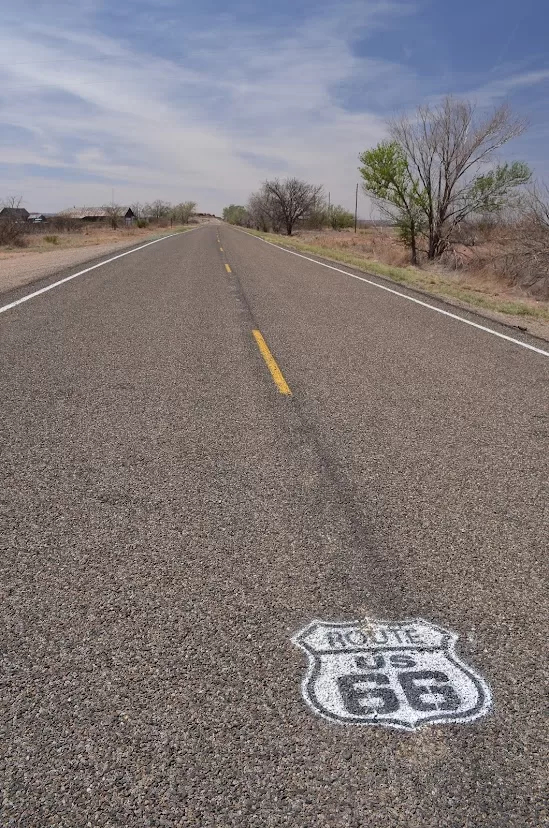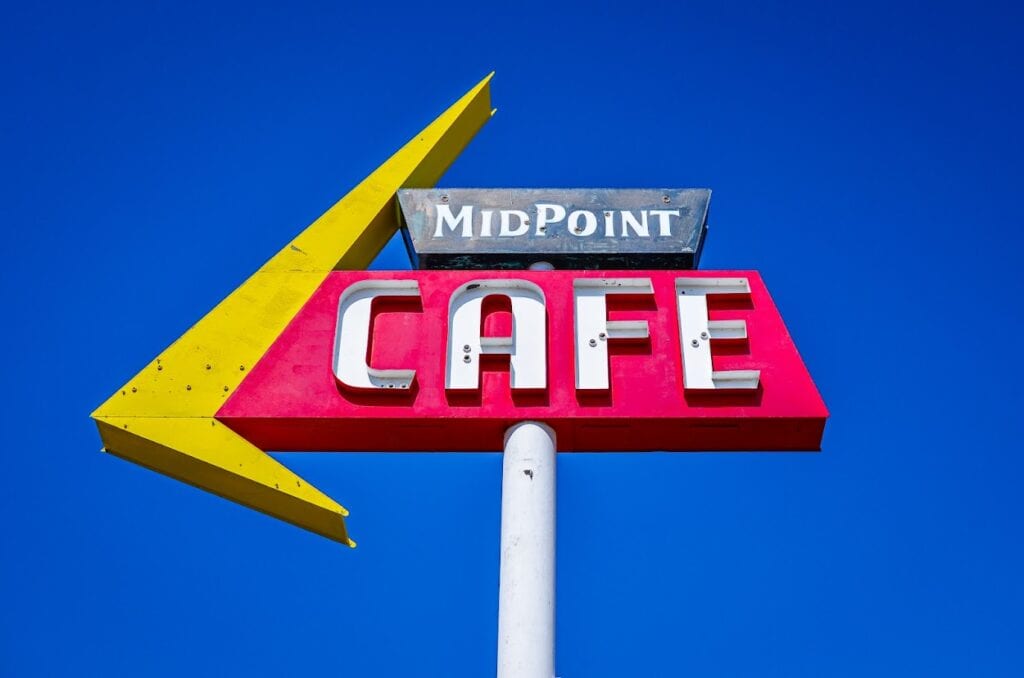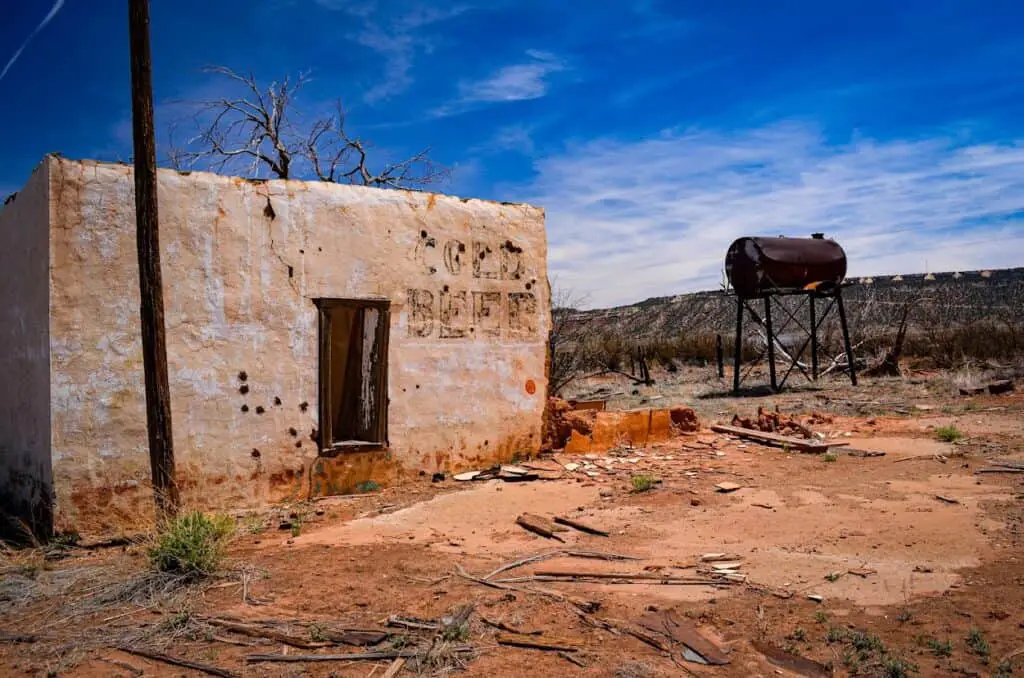Introduction
Non-Fungible Tokens, or NFTs, have emerged as a new frontier in the digital world, representing a significant shift in how we perceive and interact with digital assets. Unlike traditional cryptocurrencies like Bitcoin, each NFT is unique, much like a one-of-a-kind trading card in a digital format. This uniqueness is guaranteed by a smart contract on blockchain technology, ensuring that each NFT is distinguishable and cannot be exchanged on a like-for-like basis, making them non-fungible.
An NFT drop is an event where a new collection of NFTs is released to the public, often at a specific date and time. It's akin to an album drop in the music industry but in the digital art space. These drops can involve various forms of digital art, from static images to animated works, and even audio files. NFT creators, ranging from individual artists to entire teams, use these events to debut their new projects, often creating a buzz on platforms like Discord servers and through other marketing tactics.
The process of an NFT drop can vary. Some drops are conducted through English auctions, where the highest bidder wins, or through a fixed price sale. In some cases, NFTs are offered on a first-come, first-serve basis, leading to rapid sales and potentially higher prices. The excitement surrounding these drops isn't just about owning digital art; it's about being part of a new and exclusive collection, sometimes even including rare NFTs.
For NFT collectors, these drops are more than just a purchase; they represent an opportunity to own a piece of a new technology, a slice of digital creativity. With each new NFT drop, collectors are often eager to discover the next best non-fungible token project. Moreover, for the creators, an NFT drop is not just a public sale; it's a way to engage with potential customers, share their creative vision, and expand their own NFT collection.
The world of NFTs is continuously evolving, offering new ways for artists to connect with their favorite audiences and for collectors to discover and invest in digital art. From the excitement of a new drop to the anticipation of upcoming projects, NFT drops are a great way for both creators and collectors to explore the burgeoning NFT world.
Disclaimer: This post is NOT financial advice. Always DYOR before making investment decisions.

Table of Contents
The Evolution of Digital Assets in NFTs
The rise of NFTs (Non-Fungible Tokens) marks a transformative period in the realm of digital assets. Initially perceived as mere digital collectibles akin to trading cards, NFTs have evolved far beyond that. They are now seen as digital twins of physical assets, embodying a new form of asset ownership and representation in the digital space.
NFT creators, including artists and entire project teams, have expanded the scope of what can be tokenized. From art and music to real estate and intellectual property, the range of assets represented as NFTs is vast and continually growing. This evolution has led to the development of new NFT collections, each offering unique characteristics and values, reflecting the creativity and innovation of their creators.
The minting of NFTs has become a popular marketing tactic, with creators using them in various ways to engage with their audience. NFT drop events have become significant occurrences, often carefully planned and executed at an exact time to create maximum impact. These events are not only pivotal for sales but also for building a community around the NFT project. They often involve intricate strategies, including white lists and claim phases, to manage the distribution and ensure a fair and successful drop.
Furthermore, the concept of owning NFTs has become more accessible and appealing to a broader audience. Platforms offering free NFT drops and those enabling users to create their own marketplace have democratized access to NFTs, making it easy for anyone to become an NFT collector or creator. This inclusivity is crucial in the NFT space, fostering a diverse and vibrant community.
The benefits of NFT drops extend beyond the immediate excitement of a new release. They offer a way for creators to directly connect with their favorite artists and collectors, building a sense of community and shared interest. For collectors, owning NFTs from these drops often means being part of an exclusive group, holding a piece of digital history that could potentially appreciate in value.
NFTs have redefined digital assets, offering a new way to represent and own a piece of the digital world. Their evolution from simple collectibles to representations of real-world assets highlights the growing importance and potential of NFTs in various sectors. As this technology continues to develop, we can expect to see even more innovative uses and broader adoption of NFTs as a key component of the digital asset landscape.

A 1-of-1 ETH NFT by Lauren McDonagh-Pereira
The Role of NFT Marketplaces
NFT marketplaces play a crucial role in the ecosystem of Non-Fungible Tokens, especially in the context of NFT drops. These platforms are not just venues for buying and selling NFTs; they are vital in the entire lifecycle of an NFT, from its creation and promotion to its sale and secondary trading.
Marketplaces like OpenSea and Nifty Gateway are among the most popular platforms in this space. OpenSea, often regarded as the largest and most versatile marketplace, offers a wide range of NFTs including art, domain names, virtual worlds, trading cards, and more. Its user-friendly interface and extensive collection make it a go-to platform for both seasoned collectors and new entrants in the NFT world.
Nifty Gateway, on the other hand, is known for its curated drops from high-profile artists and brands. This platform specializes in limited edition NFTs and often collaborates with artists and creators to release exclusive collections. The success of a drop on Nifty Gateway is often seen as a significant achievement in the NFT space due to its reputation for quality and exclusivity.
The success of an NFT drop on these marketplaces depends on various factors. First and foremost, the visibility and reach of the platform can greatly influence the level of interest and the number of potential buyers. Platforms like OpenSea and Nifty Gateway have large user bases, which can lead to higher engagement and sales.
Furthermore, these marketplaces provide tools and features that facilitate the minting, listing, and selling of NFTs. For creators, this means an easier process to get their work out to the public. For buyers, it translates into a more seamless and secure purchasing experience. The platforms' infrastructure, including wallet integration and transaction processing, plays a key role in the smooth execution of NFT drops.
In addition, marketplaces often engage in marketing and promotional activities to support NFT drops. They might feature upcoming drops prominently on their platforms or use their social media channels to generate buzz. This kind of support is invaluable for creators looking to make a significant impact with their drop.
In conclusion, NFT marketplaces like OpenSea and Nifty Gateway are pivotal in the success of NFT drops. They provide the necessary infrastructure, audience, and support to help creators successfully launch their NFTs and facilitate transactions for collectors. As the NFT space continues to evolve, the role of these marketplaces is likely to grow and adapt, further cementing their importance in the world of digital assets.

A 1-of-1 ETH NFT by Lauren McDonagh-Pereira
NFT Projects: From Ideation to Launch
The journey of an NFT (Non-Fungible Token) project from ideation to launch is a multifaceted process that involves careful planning and execution. Successful NFT projects not only focus on the technical aspects but also on storytelling and community engagement, which are crucial for making an impact in the crowded NFT space.
Ideation and Conceptualization
The first step in any NFT project is ideation, where the core concept and vision of the project are developed. This phase is about more than just deciding what the NFT will represent; it's about crafting a narrative and a unique value proposition that will resonate with potential buyers. Successful NFT projects often tell a compelling story, which helps in building an emotional connection with the audience.
Artistic Creation and Development
Once the concept is clear, the next phase involves the actual creation of the NFTs. This could be digital art, music, virtual real estate, or any other form of digital asset. NFT artists and creators focus on bringing uniqueness and creativity to their work, ensuring that it stands out. This phase might involve a single artist or an entire team, depending on the scale and complexity of the project.
Technical Aspects: Minting and Smart Contracts
Technical development is another critical phase. This involves minting the NFTs, which is the process of turning the digital art into a part of the blockchain, typically using a smart contract. Smart contracts are self-executing contracts with the terms of the agreement between buyer and seller directly written into lines of code, which govern the sale and transfer of the NFTs.
Marketing and Community Building
Marketing and community engagement are essential for the success of an NFT drop. This involves leveraging social media, community platforms like Discord servers, and other online platforms to generate buzz around the upcoming drop. Building a community not only helps in promoting the NFT project but also in establishing a loyal customer base.
The Drop: Planning and Execution
The drop itself needs to be meticulously planned. This includes deciding the date and time of the drop, the type of sale (auction, fixed price, etc.), and the number of NFTs to be released. The drop is a critical event and is often accompanied by various activities like online events, announcements, and collaborations with influencers or other artists.
Post-Launch Activities and Secondary Sales
After the launch, the focus shifts to secondary sales and maintaining the value of the NFTs. This can involve continued engagement with the community, collaborations for further releases, or events to keep the interest alive.
Successful NFT projects require a blend of creativity, technical know-how, effective marketing, and community engagement. The journey from an initial idea to a successful launch is complex but rewarding, offering creators a unique avenue to showcase their work and connect with a global audience.

A 1-of-1 ETH NFT by Lauren McDonagh-Pereira
The Impact of Social Media on NFT Drops
Social media has become an indispensable tool for NFT creators to generate excitement and awareness about upcoming NFT drops. The interactive and global reach of platforms like Twitter and Discord offers unique opportunities to engage potential buyers and create a community around the NFT project.
Utilizing Twitter for Announcements and Teasers
Twitter is widely used by NFT creators for announcing new drops and sharing teasers. The platform's immediacy and widespread usage make it an ideal place to quickly disseminate information. Creators often use Twitter to post countdowns to the drop, share sneak peeks of the artwork, or provide details about the launch. They also engage with their audience through retweets, replies, and hashtags, amplifying their reach.
Leveraging Discord for Community Building
Discord serves as a hub for deeper community engagement. NFT creators establish dedicated servers where interested buyers and fans can join to get exclusive updates, participate in discussions, and sometimes gain early access or special privileges. These servers often become thriving communities where members share a passion for the creator's work and the broader NFT space.
Marketing Tactics for Maximum Impact
Effective social media marketing tactics for NFT drops include:
Influencer Collaborations: Partnering with influencers to tap into their follower base.
Airdrops and Giveaways: Offering free NFTs or exclusive benefits to followers.
Interactive Content: Hosting Q&A sessions, live streams, or AMAs (Ask Me Anything) to engage the audience.
User-Generated Content: Encouraging fans to create content related to the NFTs, thus boosting organic reach.

A 1-of-1 ETH NFT by Lauren McDonagh-Pereira
Understanding Rug Pulls in the NFT Space
Defining Rug Pulls
Rug pulls in the NFT space refer to scams where creators quickly abandon a project and run away with investors' funds, typically after hyping up a drop. These scams leave buyers with worthless NFTs and no recourse.
Do Your Own Research (DYOR)
To avoid rug pulls, it’s crucial to conduct thorough research before investing in any NFT project. This includes:
Checking the Creator's Background: Look for their previous works, reputation in the community, and any red flags in their history.
Analyzing Community Feedback: Read discussions on forums, social media, and Discord. A genuine project usually has an active and engaged community.
Evaluating the Project's Transparency: Reliable projects are often transparent about their goals, roadmap, and use of funds.
Identifying Red Flags
Some common red flags in NFT projects include:
Lack of Creator's History or Presence: Anonymous teams or creators with no traceable history.
Over-Promising: Unrealistic promises about returns or project outcomes.
Rapid Changes in Plans: Frequent and unexplained changes in the project's direction or terms.
Pressure Tactics: Creating a false sense of urgency to push for quick investment.
Being aware of these tactics and conducting due diligence can significantly reduce the risk of falling victim to rug pulls in the NFT market. Remember, if something seems too good to be true, it often is.

A 1-of-1 ETH NFT by Lauren McDonagh-Pereira
The Excitement Around Upcoming NFT Drops
Upcoming NFT drops are often met with a palpable sense of excitement and urgency within the community. This anticipation is fueled by several factors that collectively contribute to the allure of these events.
Creating a Buzz
The build-up to an NFT drop often involves strategic marketing efforts, including social media teasers, collaborations with influencers, and engaging community activities. These efforts create a buzz around the drop, drawing in both seasoned collectors and new enthusiasts. The limited nature of many NFT drops adds to this excitement, as potential buyers look forward to the opportunity to own something rare or exclusive.
Role of NFT Calendars
NFT calendars play a vital role in keeping track of upcoming drops. These tools, available on various websites and platforms, offer a comprehensive view of scheduled drops, allowing collectors to plan their purchases and participate in events of interest. They often provide detailed information about each drop, including the date, time, and specifics about the NFTs being released.

A 1-of-1 ETH NFT by Lauren McDonagh-Pereira
The Mechanics of NFT Drops: English and Dutch Auctions
NFT drops can be conducted through various types of auctions, with English and Dutch auctions being two common methods.
English Auctions
In an English auction, the price starts low and bids are made upwards. The highest bid at the end of the auction wins. This format creates a competitive environment, often leading to higher final prices due to the bidding war. For NFT drops, this can mean a significant increase in value, especially for highly sought-after pieces.
Dutch Auctions
Dutch auctions work in the opposite manner. The auction starts with a high price, which gradually decreases until a buyer accepts the current price. This method creates urgency, as buyers must decide whether to purchase at a higher price or risk waiting and potentially losing the item to someone else. For NFT creators, Dutch auctions can be a strategy to quickly sell items at a fair market price.
Setting Prices and Bid Increments
In both types of auctions, setting the starting price and bid increments is strategic. For English auctions, a lower starting price may attract more bidders, while in Dutch auctions, the starting price should reflect the highest perceived value of the NFT. Bid increments in English auctions are set to balance between allowing competitive bidding and maintaining value.

A 1-of-1 ETH NFT by Lauren McDonagh-Pereira
Smart Contracts: The Backbone of NFT Drops
Smart contracts, particularly on the Ethereum blockchain, are fundamental in managing NFT drops. These contracts are self-executing agreements with the terms of the transaction directly written into code.
Automating Transactions
Smart contracts automate the process of buying and selling NFTs during a drop. Once the conditions of the smart contract are met (such as a bid reaching a certain level in an English auction), the contract automatically executes the transaction. This ensures transparency and trust in the process, as the terms are pre-set and immutable.
Ensuring Fair Play
Smart contracts also play a role in ensuring fairness and adherence to rules set out by the NFT creator. For example, they can enforce limits on the number of NFTs per buyer or ensure that the distribution of NFTs follows the rules of the auction.
In conclusion, the excitement around NFT drops is a multifaceted phenomenon, driven by community engagement, marketing tactics, and the thrill of acquiring unique digital assets. Auctions, whether English or Dutch, add a competitive edge to these events, while smart contracts provide the necessary framework to ensure their smooth and fair execution.

A 1-of-1 ETH NFT by Lauren McDonagh-Pereira
Navigating the Different Types of NFT Drops
NFT drops come in various formats, each with its own unique characteristics and strategies for participation.
Standard Drops
Standard drops are the most common type, where a fixed number of NFTs are released at a set time and price. The key to participating in standard drops is to be quick and well-prepared, as they often sell out fast. Stay informed about the drop date and time, ensure your digital wallet is funded, and be ready to act swiftly when the drop goes live.
Open Editions
Open edition drops allow an unlimited number of NFTs to be minted within a specific time frame. The strategy here differs as there's no rush to purchase immediately. Instead, focus on timing your buy to balance between getting the NFT and assessing its market value. Open editions are less about scarcity and more about being part of a moment or movement.
Limited Edition Drops
Limited edition drops involve releasing a restricted number of NFTs, often with unique or rare traits. These drops can create significant hype due to their exclusivity. To successfully participate, it's crucial to be early, stay informed through community channels, and sometimes participate in pre-drop activities like whitelisting.

A 1-of-1 ETH NFT by Lauren McDonagh-Pereira
Gas Fees: A Crucial Factor in NFT Drops
Gas fees are transaction fees paid to compensate for the computing energy required to process and validate transactions on the blockchain.
Impact on NFT Drops
During NFT drops, especially popular ones, the demand on the blockchain can cause gas fees to spike. High gas fees can add a significant cost to acquiring an NFT, sometimes even surpassing the NFT's price.
Minimizing Gas Fees
To minimize gas fees:
Transact During Off-Peak Hours: Try buying or selling NFTs during less busy times when the network is less congested.
Set a Reasonable Gas Limit: Setting it too high won’t speed up the transaction but will cost more if executed.
Use Efficient Marketplaces: Some platforms offer optimizations to reduce gas fees.

A 1-of-1 ETH NFT by Lauren McDonagh-Pereira
The Secondary Market: Life After the Drop
Post-drop, NFTs often find their way to secondary markets, where they are resold or traded.
Fluctuating Values
In the secondary market, the value of NFTs can fluctuate based on demand, rarity, and the project's continued popularity and development. Rare or highly sought-after NFTs can appreciate in value, while others might not maintain their initial price.
Strategies in the Secondary Market
Research: Continuously research market trends and community sentiment.
Timing: Buy or sell based on market dynamics and your investment strategy.
Diversification: Consider diversifying your NFT holdings to spread risk.
Navigating NFT drops and the secondary market requires a blend of quick action, strategic thinking, and ongoing engagement with the NFT community and market trends. Understanding the nuances of each type of drop and the dynamics of the secondary market is key to making informed decisions in the world of NFTs.

A 1-of-1 ETH NFT by Lauren McDonagh-Pereira
How to Prepare for an NFT Drop
Preparing for an NFT drop involves several crucial steps to ensure you're ready to participate effectively and make the most out of the opportunity.
1. Setting Up a Crypto Wallet
Choose a Wallet: Select a reputable crypto wallet compatible with the blockchain of the NFT you're interested in (e.g., MetaMask for Ethereum-based NFTs).
Create and Secure Your Wallet: Follow the setup instructions carefully. Ensure to securely store your private keys or recovery phrases.
Fund Your Wallet: Transfer the required cryptocurrency (like Ethereum for most NFTs) into your wallet in advance of the drop.
2. Research the Drop
Understand the Project: Research the NFT project, its creators, and its community. Look for information on the project’s website, social media channels, and community forums.
Know the Details: Be clear about the date and time of the drop, the price, and the number of NFTs available.
3. Early Access and Whitelisting
Seek Early Access Opportunities: Many drops offer early access or pre-sale options to members of their community or whitelist.
Join the Community: Engage with the project’s community on platforms like Discord or Twitter to learn about early access or whitelisting opportunities.
4. Understanding Purchase Limits
Check for Limits: Be aware of any purchase limits per wallet or account to plan your strategy accordingly.
Plan Your Budget: Based on the limits and your research, decide how much you are willing to invest.

A 1-of-1 ETH NFT by Lauren McDonagh-Pereira
Identifying the Best NFT Drops
Finding promising NFT projects and collections requires diligent research and the use of various resources.
Tips for Finding Promising Drops
Follow Industry Trends: Stay updated with NFT trends and news to identify what types of projects are gaining traction.
Research the Creators: Look into the track record and reputation of the creators or artists behind the NFTs.
Evaluate the Art and Utility: Consider both the aesthetic value and any additional utility or benefits that come with owning the NFT.
Using NFT Drop Management Platforms
Leverage Platforms for Research: Platforms like Rarity.tools, CryptoSlam, or NFT Calendar provide listings and information about upcoming drops.
Analyze Data: Look at the historical performance of similar NFTs, pricing trends, and community engagement metrics.
Engage with the Community: Read comments and discussions on these platforms to gauge the community's sentiment about the drop.
By following these steps and tips, you can effectively prepare for NFT drops and identify those with the most potential, thus enhancing your experience and success in the dynamic world of NFTs.

A 1-of-1 ETH NFT by Lauren McDonagh-Pereira
Conclusion
In conclusion, NFT drops represent a vibrant and dynamic facet of the digital art and cryptocurrency world. They not only offer a platform for artists and creators to showcase their work but also provide a unique opportunity for collectors and enthusiasts to own a piece of digital rarity.
Key points about NFT drops include:
Various Types of Drops: Understanding the difference between standard, open edition, and limited edition drops is crucial for effective participation.
Preparation Is Key: Setting up a crypto wallet, researching the drop, and being aware of early access and purchase limits are essential steps.
The Role of Social Media: Platforms like Twitter and Discord are instrumental in creating buzz and fostering community engagement around NFT drops.
Auctions and Pricing: Familiarizing oneself with the mechanics of different auction types, such as English and Dutch auctions, helps in strategizing purchases.
Smart Contracts: The use of smart contracts on blockchains like Ethereum ensures the secure and fair execution of NFT drops.
Secondary Market Dynamics: Post-drop, NFTs enter secondary markets where their value can fluctuate based on demand and rarity.
Gas Fees: Understanding and strategizing around gas fees can significantly affect the cost-effectiveness of participating in NFT drops.
Identifying Promising Drops: Using resources like NFT drop management platforms can aid in finding the most promising upcoming projects and collections.
To truly enjoy and benefit from the world of NFTs, it's important to stay informed about the latest trends and developments. Engaging with the NFT community through various platforms not only enriches your knowledge but also helps in making informed decisions. Remember, the world of NFTs is constantly evolving, and being an active participant in this community can offer rewarding experiences both as a creator and a collector.
Follow Me:
Twitter Instagram Linkedin Pinterest Facebook Tiktok Youtube Ethereum
Keep Reading:
